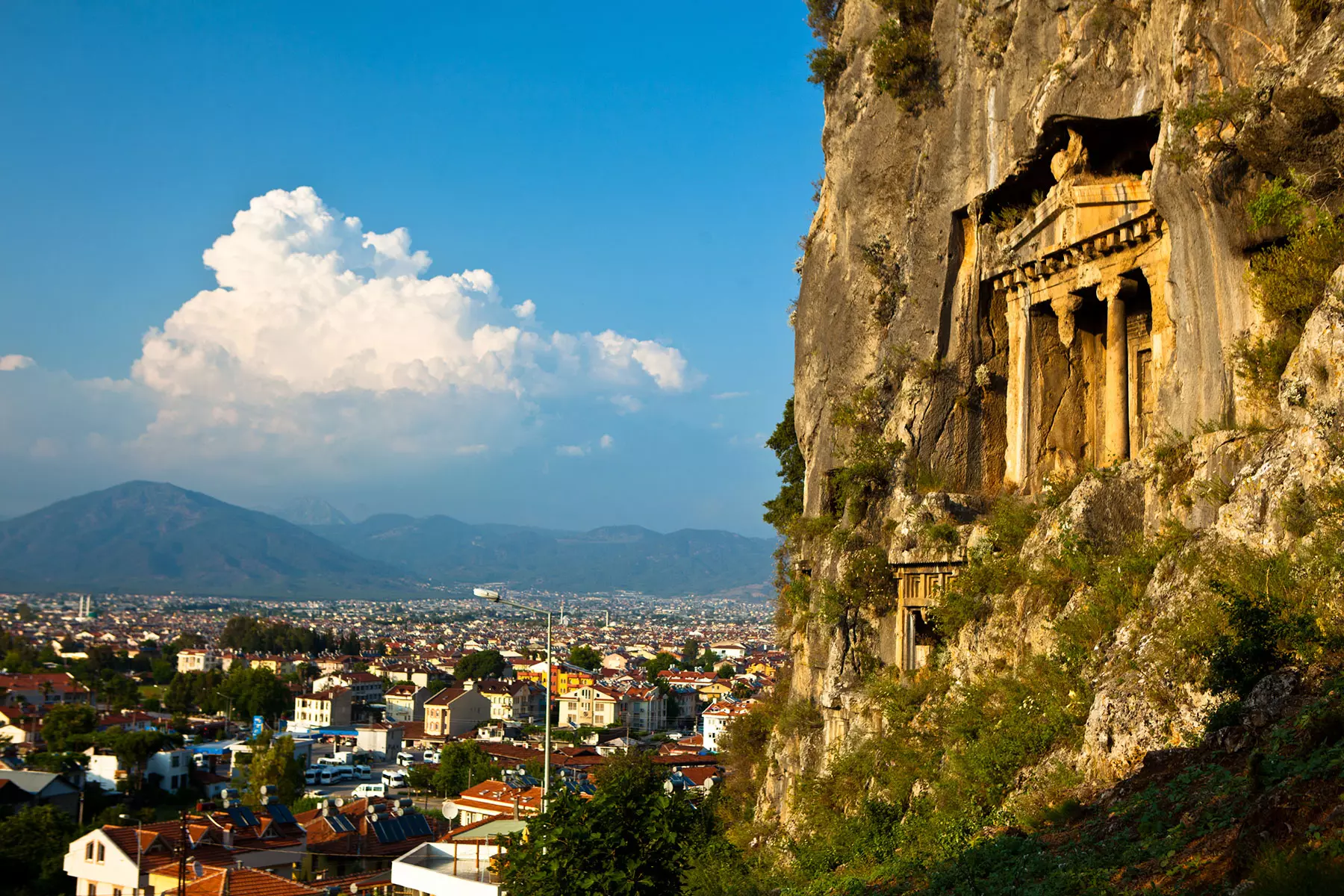
Fethiye History
The history of Fethiye dates back to ancient times. Archaeological excavations in the region show that Fethiye was part of the Lycian Kingdom in the 5th century BC. The Lycians established an important civilization in the region.
In ancient times, the place where Fethiye is located was called Telmessos. Telmessos was an important port city and trade center during the Lycian period. The city came under the rule of Alexander the Great during the Hellenistic period. It later became part of the Roman Empire.
Fethiye’s history is also closely related to the Christian era. It is known that St. Paulus came to Fethiye and founded a church here. Fethiye’s name comes from a Roman general named Fethiye, who was the commander of Krassus, who tried to capture the city during the Roman revolt of St. Paulus.
Fethiye maintained its importance during the Byzantine Empire, the Seljuk Sultanate and the Ottoman Empire. During the Ottoman period, Fethiye became a district under the Mugla Sanjak.
Among the historical ruins in the region are important structures such as Tlos Ancient City, Letoon Ancient City, Kaunos Ancient City and Rock Tombs. Kayaköy, located near Fethiye, has a historical significance as an abandoned Greek village.
Today, Fethiye is a tourist resort that attracts tourists with its historical and natural beauties. Historical buildings, museums and ancient cities offer visitors a rich cultural experience.
Fethiye’s history has also been shaped by events in the modern period. 20. At the turn of the century, with the collapse of the Ottoman Empire, Fethiye became part of the Republic of Turkey.
Fethiye also played an important role during Turkey’s war of independence. During the War of Independence, resistance movements took place in and around Fethiye. Various war memorials and monuments were built during this period.
Fethiye’s rise in the modern tourism sector started in the 1980s. The natural beauties, historical ruins and blue cruise route in the region have made Fethiye an international tourist destination. Today, Fethiye maintains its popularity as a holiday destination that attracts local and foreign tourists throughout the year.
The historical texture of Fethiye is presented to visitors through various museums and archaeological sites. Fethiye Museum is a museum where artifacts from the Lycian period are exhibited. Historical sites such as Tlos Ancient City, Kadyanda Ancient City and Patara Ancient City are also waiting to be discovered.
As a result, Fethiye’s historical riches and ruins from various periods offer visitors a historical and cultural journey. As a destination where historical and natural beauties coexist, the city is an attractive option for both history buffs and nature lovers.

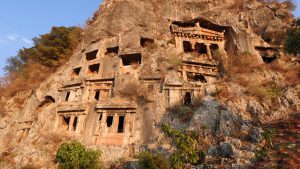

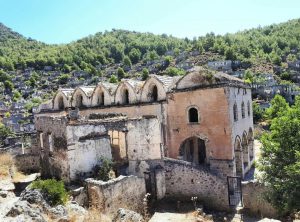
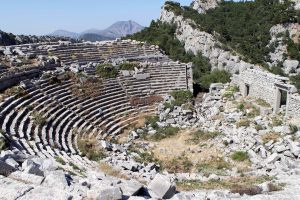
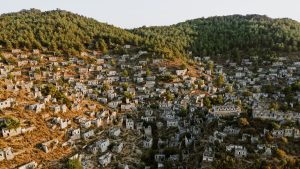
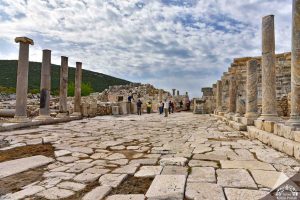
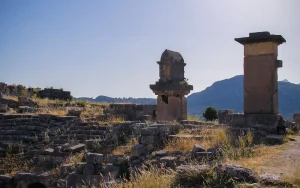
Leave A Comment